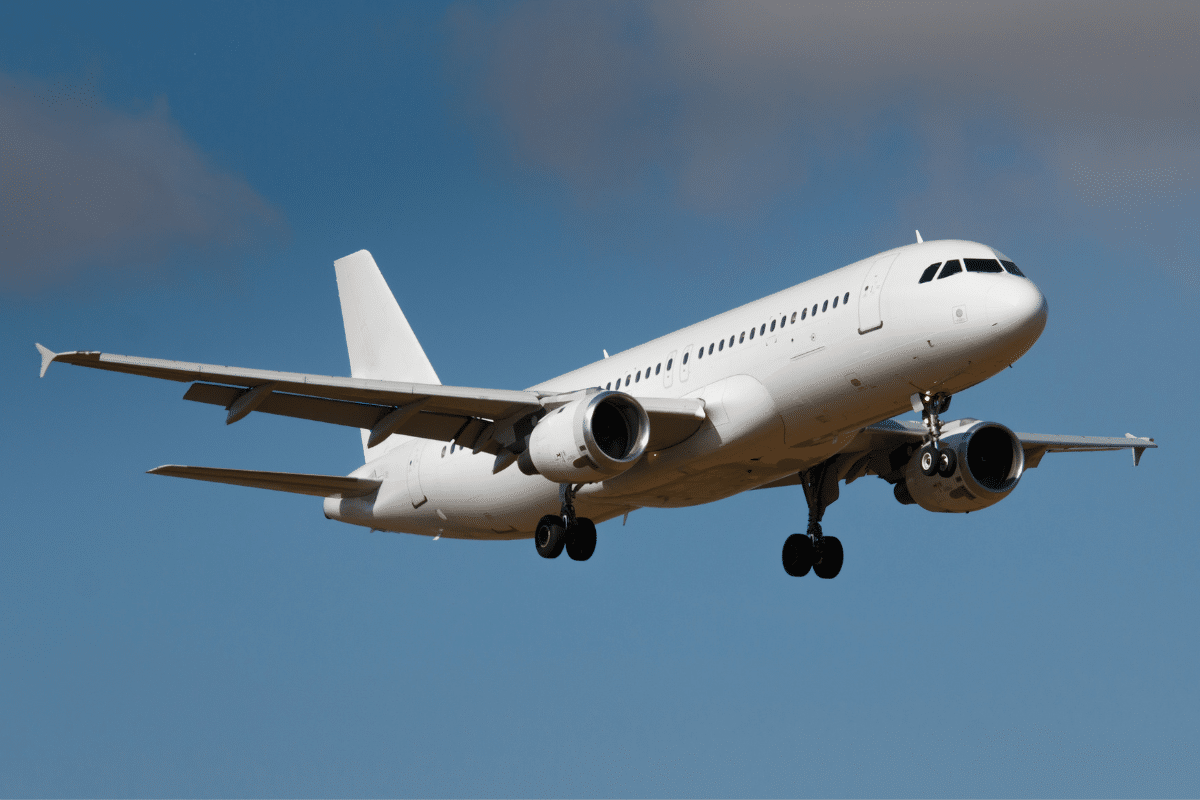Clear Air Turbulence and Air Travel

August 2024 – It is time to take a sober look at clear air turbulence and its risks to air travel. Researchers have data confirming that clear air turbulence at altitudes used by airlines is more prevalent and more severe than ever before. Very few airline passengers and crew members would disagree.
“Clear air turbulence” is often used to describe turbulence unrelated to clouds or convective activity such as thunderstorms. Reported incidents involving airline encounters with clear air turbulence are on the rise. If you question that statement, Google “turbulence airlines” for the latest in-flight turbulence events. Clear air turbulence is very hard to detect since it most often occurs in clear weather with no clouds in sight.
An aircraft encountering clear air turbulence can experience very sudden and dramatic changes in attitude and altitude and even momentary loss of control. What are the risks to passengers? It is all about physics.
Clear air turbulence induces sudden movements of the aircraft which accelerate the aircraft and its occupants. The accelerations can be in multiple directions at the same time. The most common result of that acceleration is that an unrestrained passenger can be ejected into an overhead compartment or the aircraft ceiling.
What about flight attendants who are frequently on their feet during flight? The risk of injury to flight attendants is even greater if the encounter is not anticipated by the pilots and they do not have time to be seated and restrained.
How To Reduce the Risk of Clear Air Turbulence Encounters
The question is, what can be done to prevent or reduce the risks of clear air turbulence encounters to aircraft occupants?
First, better detection systems and technologies are needed to give airline dispatchers and pilots the opportunity to timely alter course or altitude and avoid clear air turbulence. The additional time affords busy pilots the opportunity to alert passengers and flight attendants to be seated and secure their restraints. Onboard clear air turbulence detection systems are needed. Existing onboard technology does not detect clear air turbulence. Earlier detection with onboard systems would offer pilots the greatest time and opportunity to warn passengers and flight attendants of a potential turbulence encounter. If food and beverage carts are being used, even more time is needed to stow the carts. Removing the carts from the passenger cabin and stowing them securely is imperative to avoid the potential lethality of a loose service cart during a turbulence encounter.
Second, aviation regulators around the world, including the Federal Aviation Administration, need to collaborate with the airlines and airframe manufacturers to improve passenger restraints on modern airliners. Even with a secure lap belt a passenger can be ejected from a seat or thrown forward into a seat
or bulkhead in a clear air turbulence encounter. An adjustable shoulder and lap restraint similar to those used on modern cars and trucks may be the best short-term solution to protect passengers from risks of vertical and horizontal accelerations and movement.
Third, aircraft designers must rethink overhead luggage limits and compartment designs. There are risks to luggage being ejected from compartments or compartments detaching and falling onto passengers below. Compartments full of luggage which detach during the flight loads imposed by severe turbulence are lethal. Carry-on luggage ejected from an overhead compartment by clear air turbulence poses the risk of serious injury or death to passengers. The structural design requirements for overhead compartments must be revisited, considering how much luggage is being stored overhead by passengers and the magnitude of the forces imposed on overhead compartments as the severity of turbulence encountered by airliners increases.
Fourth, hard surfaces on the interior of airliners must be replaced with more forgiving surfaces such as those used on the dashboards of automobiles.
Fifth, the practice of airlines allowing adults to carry small unrestrained children in their laps on flights must end. Unrestrained children cannot be held safely by an adult during a turbulence encounter. A passenger holding an unrestrained child cannot react in time with sufficient strength to prevent the unrestrained child from being ejected from the adult’s lap. An unrestrained child weighing 15 pounds requires 30 pounds of strength from the adult at the moment of a 2g downdraft to keep the child from ejecting. At an acceleration of 2g, the child would travel 8 feet in less than 0.2 seconds. An unsuspecting adult has neither the reaction time nor the strength to avoid the child being ejected from their lap. It is child abuse for an adult to knowingly risk an unrestrained child being thrown to the aircraft ceiling or into a bulkhead during a clear air turbulence encounter. Sensible child restraint policies must be developed throughout the airline industry. Seats must be designed with universal attachment mechanisms to accommodate compatible child seats that can be securely and quickly connected to all airline seats.
It is time for the aviation industry to recognize that clear air turbulence is more prevalent and severe than ever, and the threat will not be going away anytime soon. Knowing that clear air turbulence encounters are on the increase in frequency and severity, let’s do what we can to make air travel safer. We have the ability and obligation to do so.
About Slack Davis Sanger
With offices in Austin and Dallas, Slack Davis Sanger represents clients worldwide in catastrophic personal injury matters. The firm’s practice areas include aviation accidents, auto, bus and truck accidents, workplace injuries, product liability matters, medical malpractice, class-action and whistleblower, and wrongful death cases. For more information, please contact Rhett Whiting at Slack Davis Sanger at 512-225-5315 or rwhiting@slackdavis.com.
